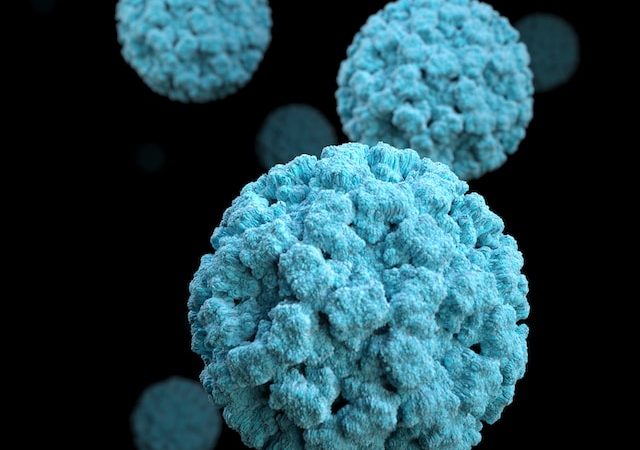Introduction: Fibroids, non-cancerous growths in the uterus, can cause significant discomfort and impact the quality of life for many individuals. While surgery is a common treatment approach, non-surgical options are gaining popularity due to their effectiveness and potential benefits. In this article, we explore the advantages of non-surgical fibroid treatment options, providing insights into their
Introduction: Fibroids, non-cancerous growths in the uterus, can cause significant discomfort and impact the quality of life for many individuals. While surgery is a common treatment approach, non-surgical options are gaining popularity due to their effectiveness and potential benefits. In this article, we explore the advantages of non-surgical fibroid treatment options, providing insights into their efficacy and impact on patients’ lives.
I. Preserving Uterus and Fertility: One of the primary benefits of non-surgical fibroid treatment options is the ability to preserve the uterus and fertility. Surgical interventions, such as hysterectomy, involve the removal of the entire uterus, leading to permanent infertility. Non-surgical options like uterine artery embolization (UAE), focused ultrasound surgery (FUS), and medication therapies specifically target the fibroids while leaving the uterus intact, allowing women to potentially conceive and maintain their reproductive options.
II. Minimally Invasive Techniques: Non-surgical treatments often utilize minimally invasive techniques, offering several advantages over traditional open surgery. Procedures like UAE and FUS are performed using image-guided techniques, allowing targeted treatment of fibroids without the need for major incisions. This results in shorter recovery times, reduced post-operative pain, and minimal scarring compared to invasive surgeries, enhancing patients’ overall experience.
III. Reduced Risks and Complications: With non-surgical treatment options, the risks and complications associated with surgery are significantly minimized. Invasive surgeries carry inherent risks such as infection, blood loss, and damage to surrounding organs. Non-surgical procedures, on the other hand, involve fewer risks and complications, making them a safer alternative for patients with fibroids, particularly those with pre-existing medical conditions that may increase surgical risks.
IV. Outpatient or Short Hospital Stays: Non-surgical fibroid treatment options often allow for outpatient procedures or shorter hospital stays. This is particularly beneficial for individuals with busy schedules or limited access to extended medical care. Patients can undergo their treatment and return to their daily activities more quickly, reducing the impact on their personal and professional lives.
V. Customized Treatment Plans: Non-surgical treatments provide the advantage of personalized and tailored treatment plans. Each patient’s fibroids are unique in terms of size, number, and location. Non-surgical options allow healthcare professionals to customize treatment plans to address the specific needs of individual patients, optimizing outcomes and minimizing the risk of complications.
VI. Repeatable and Adjusted Treatment: Unlike surgical interventions, which are often irreversible, non-surgical treatment options offer flexibility for repeatable and adjusted treatment if necessary. For instance, if fibroids regrow or symptoms persist, additional sessions of treatments like UAE or FUS can be performed to further shrink or eliminate the fibroids. This adaptability allows healthcare professionals to refine treatment plans and ensure optimal results for patients.
VII. Quick Symptom Relief: Non-surgical treatments can provide rapid relief from fibroid-related symptoms. Medication therapies, such as hormonal treatments, can help manage heavy bleeding, pelvic pain, and other symptoms associated with fibroids. Non-surgical procedures like UAE and FUS can also provide noticeable symptom improvement within a relatively short period, allowing patients to experience relief without the need for invasive surgery.
Conclusion: Non-surgical fibroid treatment options offer several advantages over traditional surgical interventions. By preserving the uterus and fertility, utilizing minimally invasive techniques, reducing risks and complications, providing personalized treatment plans, allowing repeatable and adjusted treatment, and offering quick symptom relief, these non-surgical approaches provide viable alternatives for individuals with fibroids. As medical advancements continue, non-surgical options are evolving and becoming increasingly effective, enhancing patient care and quality of life. Consulting with healthcare professionals can help individuals explore the most appropriate treatment options based on their unique circumstances, preferences, and desired outcomes.























Leave a Comment
Your email address will not be published. Required fields are marked with *